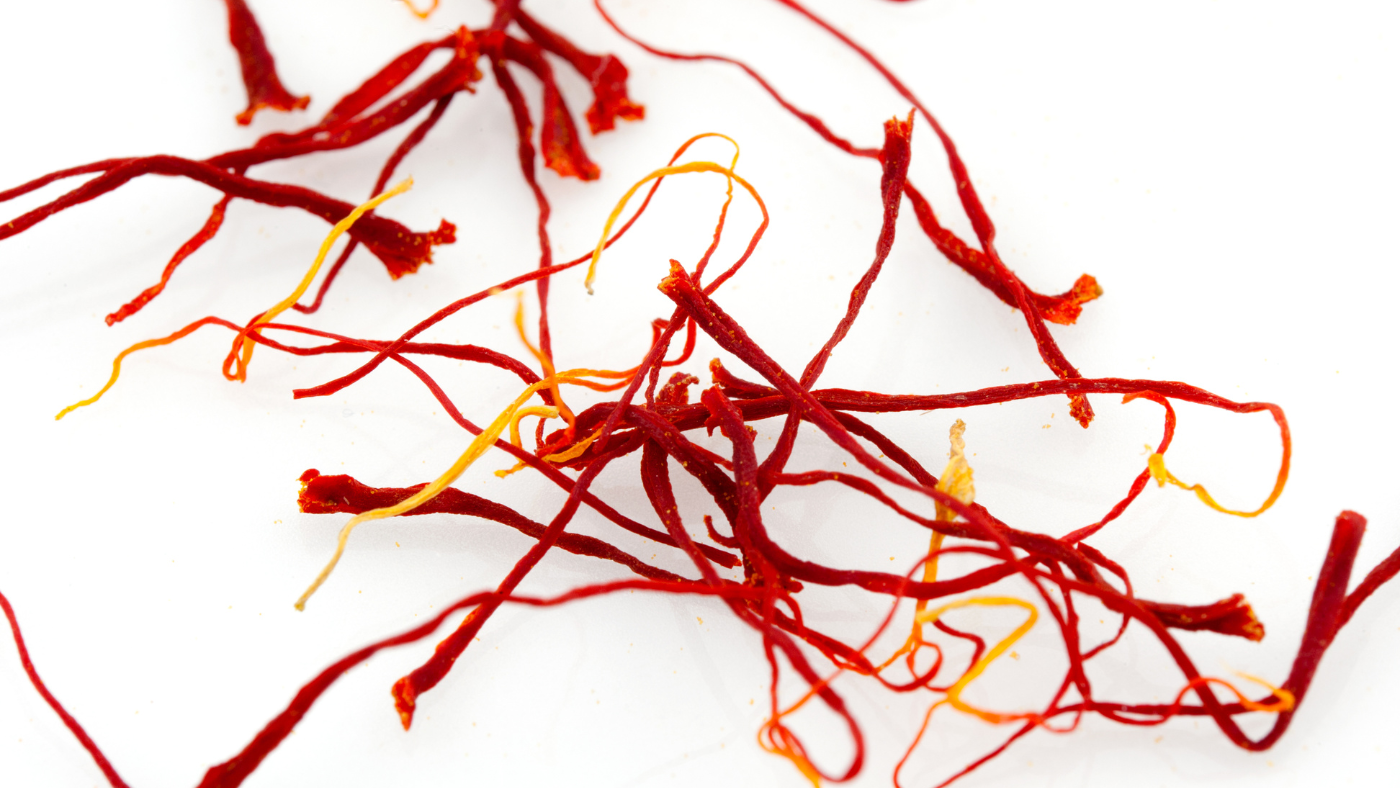Offer
Provide additional details about the offer you're running.

How can you know if the saffron you have already purchased or the saffron you plan to purchase is the real deal? How do you tell the real saffron from the fake? After hearing so much about the 'Red Gold,' you are well aware that you should avoid putting your money into fake saffron at all costs.
This is how you can prevent anything like that from occurring: For buying good quality saffron, there are a few key points to keep in mind, which are covered in this article.
A saffron of high quality will be a dark red hue, and its threads will typically be anywhere from 0.3 to 9.5 centimeters long. It is advised to steer clear of purchasing ground or powdered saffron since it is possible that it was mixed with saffron of a lower quality or with other spices having the same or a similar hue, such as turmeric or marigold.
The areas of Afghanistan and Iran are the only places in the world where you may find saffron of exceptional quality known as Super Negin Saffron. Crocus sativus is the name of the flower from which it originates, and the harvesting process is quite a labor demanding due to the fact that only the very fine threads are collected.
Bring a basin of water to room temperature and drop a few saffron threads into it. You will see that the color of the "Real Saffron" will gradually shift into a golden tone. There may be a delay of up to an hour before the color changes.
The crimson hue of the saffron threads themselves is not altered in any way. On the other hand, the material is not saffron if the water instantly becomes a different hue, turns red, does not change color at all, or if the threads do not maintain their color after being exposed to the substance. When this occurs, the spice is referred to as "Fake Saffron," and it is evidence of adulteration.
After letting the saffron threads soak in the cold water for a few minutes, pull out a couple of strands and wrap them around your index finger. Repeat the motion of rubbing the threads back and forth with your fingertips two or three times.
If the saffron threads you are working with fall apart, crumble to dust, or become liquid, then you are dealing with low-quality or fraudulent saffron. Threads of pure saffrons will not break in part.
If the saffron you are holding has a sweet flavor, it is not authentic and is of lower quality. A good rule of thumb to follow is that high-quality saffron should have a sweet aroma, but it should never taste sweet.
People often compare the scent of Pure Saffron to a combination of honey and hay when they first take a whiff of it. Because of the high amounts of safranal and picrocrocin in saffron, the spice can occasionally have a sharp, almost chemical-like odor.
This is caused by the presence of the compounds. You will notice that it is both sugary and grainy in texture. It shouldn't come as a surprise that saffron makes one think of paella. The rice in paella is flavored with saffron, which, along with the other ingredients, lends the meal its signature, inimitable fragrance.
Saffron threads have the form of a trumpet. A thread is considered to be artificial if it does not swell at one end. The actual saffron will cause your skin to become a yellowish-orange color if you rub it between your fingers.
The saffron, baking soda, and water should be combined in a small container first, according to the recommendations of a number of reputable sources. If the color changes to yellow, the material in question are authentic saffron.
If it does not cost an exorbitant amount of money, there is a significant possibility that it is not authentic saffron. If something looks too good to be true, there is a strong chance that it is too good to be true. On the basis of this pricing test alone, you ought to have had reservations about the Hungarian material right from the start.